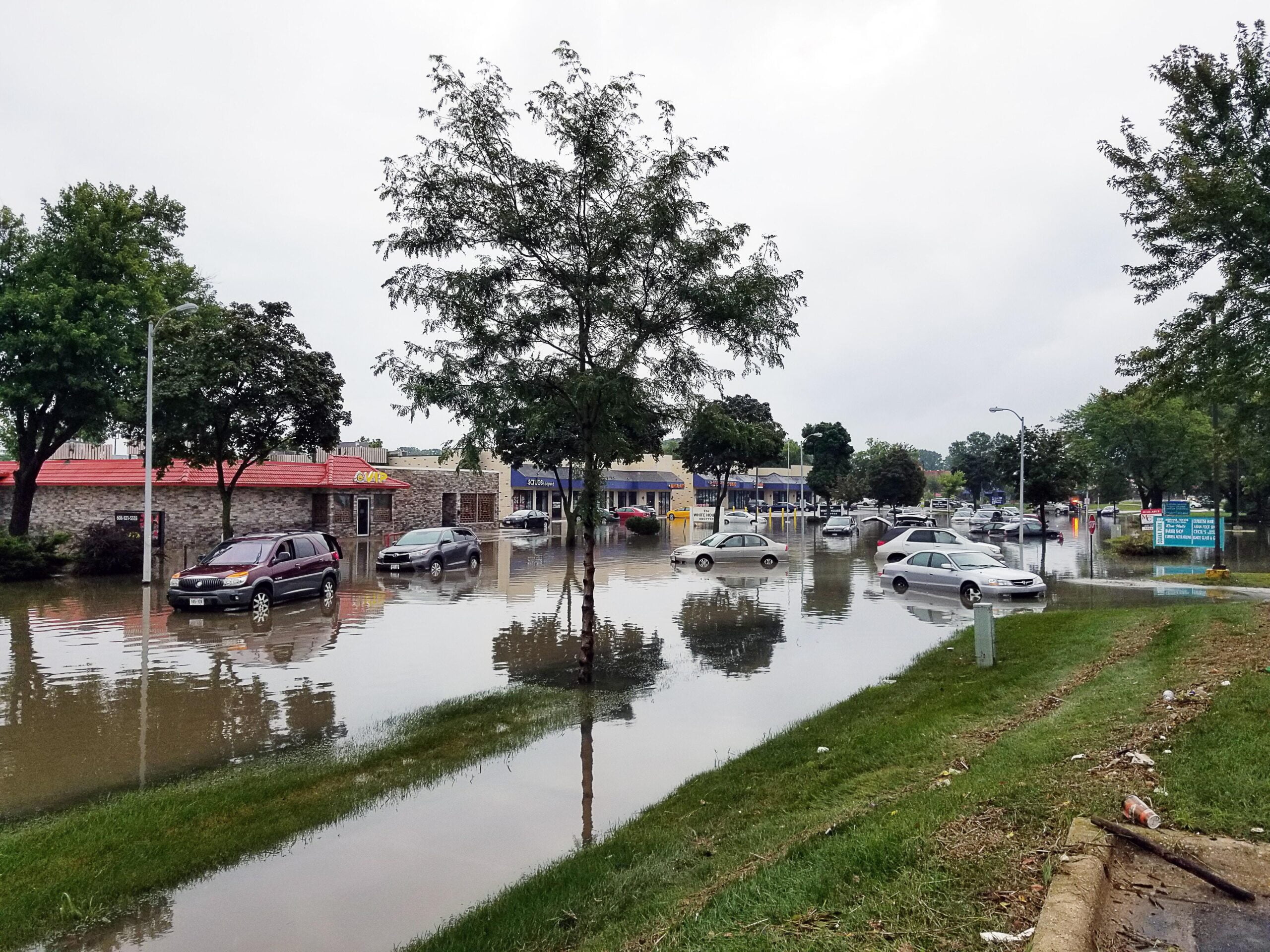No one likes to think about natural disasters, but they do happen. Being prepared can help save lives, as well as saving homeowners and business owners thousands of dollars in damages. Floods can occur without warning, and they can decimate a home or business. How can home and business owners prepare and protect their properties from rising flood waters?
Research the Property’s Flood Risk
The first thing any business or property owner needs to do to prepare for a flood is to research the property’s flood risk. The Federal Emergency Management Agency, or FEMA, has online maps that can be used to assess the flood risk for any property in the United States.
Simply search the map by the property’s address and all of the flood risk information will be available. This is a public resource, so potential tenants can also research the property’s flood risk and decide whether or not they wish to rent a particular property. The higher the flood risk, the more preparations necessary.
It might also be a good idea, if possible, to avoid buying property in flood risk zones. These properties will require higher flood insurance and will be more at risk for flood damage.
Flooding can happen quickly and without warning. When Hurricane Harvey made landfall in August of 2017, it dumped upwards of 15 inches of rain on Texas within the first 24 hours, and by the next morning it, downtown Houston was starting to flood.
Poor urban planning and city management made it so that much of the city flooded. Most of the properties weren’t believed to be flood risks so many property managers didn’t have the necessary flood insurance to help them pick up the pieces after the waters receded.
Be Aware of Evacuation Routes
Evacuation routes are designed by each state to allow for the evacuation of its citizens. Being prepared for an evacuation can help individuals and families stay safe, but it means knowing where the local evacuation routes are. If a property is found to be in a high flood risk area, it is important for landlords to prepare their tenants for the possibility that their home might flood. One option is to provide a list of local evacuation routes as part of the lease paperwork – it will fit right in next to the paperwork about radon and lead paint, depending on what is necessary for the state where the property is located.
In the event of a flood, it’s also important to know which roads on the evacuation route are prone to flooding. There’s no point in trying to evacuate from a flood if the roads are impassable.
It is also important for property owners to be aware of how many people are living in one of their properties at any given time, especially if the property is prone to flooding. That way, if emergency services are dispatched for a rescue attempt, they will know exactly how many people they need to rescue and can plan accordingly.
Gather Supplies
For a business or home in a flood zone, supplies are a must. Two things are necessary: An evacuation kit with supplies, and tools to protect the home or business in the flood zone.
A good evacuation kit should contain everything needed for survival for a minimum of three days. This list includes:
- Food and water
- A stocked first aid kit
- Important papers — birth certificates, insurances policies, home and car titles and more
- Prescription medication if applicable
- Toiletries like toothbrushes, toothpaste and other hygiene necessities
- Supplies for infants and pets
- Chargers for phones and other devices
- Flashlights and batteries
Any other supplies that might be needed should also be included in this kit, which will likely include sandbags or other tools for blocking water from entering the home or business.
Sandbags stacked properly can be used to direct water away from a home or business, support trees to keep them from falling and bolster levees that are erected to divert or block flood water. Other devices, like FloodShields, can be placed in doorways to prevent flood water from getting inside the home or business.
The goal is to keep water from getting into the structure, where it can do damage. While sandbags aren’t foolproof, they can be useful tools to protect property from rising flood waters.
While property owners aren’t responsible for furnishing their tenants with emergency supply kits, it is a good idea to make them aware that there might be a need for these kits, and provide them with a checklist of the kind of supplies that each kit should include. If equipment like FloodShields are being purchased for the property, it is important to ensure that the tenants are both aware of the equipment and are instructed in its use. There’s no point in purchasing the equipment if the people living in the property don’t know how to use it.
Retrofit the Building
Some modifications can be done to a home or business to help prevent flood damage or reduce the damage that occurs during a flood. For example, while raising the building above the average flood level is an expensive option, putting a building up on stilts can help keep water out.
Foundation vents can allow water to move through the building instead of becoming trapped within the structure, where it can do more damage. Hydrophobic coatings applied outside the home or business can keep the flood waters from seeping in and damaging the frame or foundation of the building. These changes can be expensive, but for buildings that are in high flood risk areas, they can prevent damage that could easily cost even more.
Floods can occur swiftly, and they can happen even in areas that aren’t generally prone to flood risks – no one expected Houston to flood in the wake of Hurricane Harvey, after all. Being prepared for them can mean the difference between needing a mop to clean up the mess and needing a bulldozer to tear down the building and start again.
































